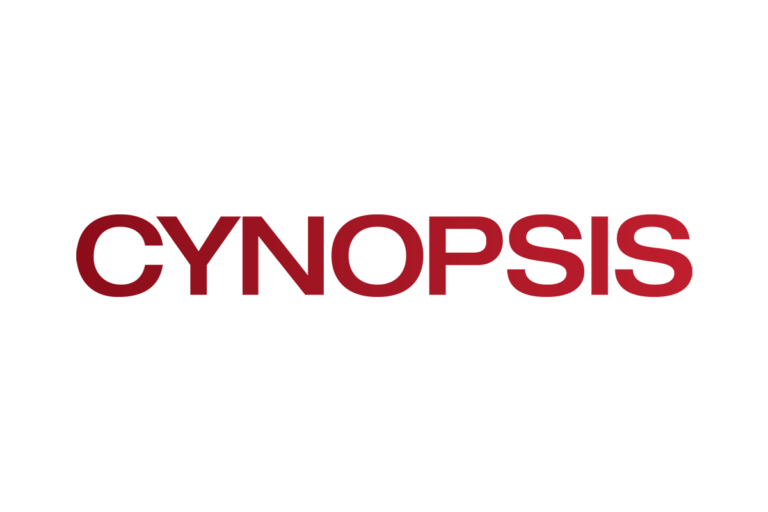Cynopsis Special Report: The Power of Premion – Q&A with Premion President Tom Cox

Looks like linear, acts like digital. With its assertion of premium content and ability to segment audiences, addressable OTT today empowers national brands to target local audiences at scale.
The rise of local relevancy is a boon for Premion, the TEGNA division that provides a CTV/OTT advertising platform offering directly sourced inventory and delivers measurable outcomes to advertisers in regional and local markets. Premion president Tom Cox shares with Cynopsis his insights about where the market is headed and breaks down the ways AVOD needs to evolve to realize its full potential—measurement standards and frequency capping, among them.
Local relevance is increasingly important for national brand advertisers in today’s viewing climate. What’s the local business model today and where is it headed?
We built our business on local, and we view local as our biggest competitive advantage. Between the TEGNA stations, the Premion sales force and the Gray Television stations we recently brought on as a strategic partner, we have feet on the street in markets that reach almost 75 percent of US households. These sales teams have long standing, trusted relationships with local advertisers and agencies. And now, obviously local relevance continues to be a top priority especially as businesses prepare for the phased reopening across different geographies. There’s an even greater imperative for advertisers to pursue a local approach through OTT as it enables advertisers to deliver targeted and contextually relevant messaging to consumers.
We’re now a few months into the disruption. What are you thinking about differently now as you move forward?
We’ve reprioritized a number of the advertising categories that we were focused on to reflect current market dynamics. The homebound consumer-related categories like home fitness, QSRs, tech, online education and home improvement in particular have been categories we were always playing in, but we’ve shifted more of our focus towards them. I anticipate that as the recovery takes hold, the category industry mix will evolve as well. For example, there will be an appropriate time when auto will start to rebound and retail will start re-emerging. We are very focused on understanding how the categories, the industries themselves, are evolving to make sure that we’re well positioned as these categories return and playing in the right places.
How is the rise in addressable TV aiding national brands in their quest to target local audiences?
Today, addressable OTT is empowering national brands to target local audiences at scale. They can target by designated market area, state, ZIP or combine geo-targeting with interest-based categorization. With addressable, targeting viewer data is captured and then analyzed in segments, and then applied to a campaign. Both national and local advertisers are seeing the importance of local plus OTT, and many of them are seeing more granular insights at a national to local level, to be able to personalize, localize and deliver more relevant ads to reach their desired audiences with the appropriate brand messaging. At TEGNA, given both our strong station footprint as well as our OTT business, we believe we’re particularly well-positioned to take the leadership role in that evolution.
As more targeting capabilities enter the picture, how does Premion work with clients to ensure they target enough, without leaving out potential audiences at the top of the funnel?
We work with brands as a strategic media thought partner. And we can deliver both linear, OTT as well as a variety of other digital marketing solutions through our TEGNA Marketing Solutions (TMS) business. We’ve been investing in new technologies to drive transparency for advertisers, and we continue to expand our direct publisher relationships and innovate with a number of data-rich targeting solutions. Our goal is to deliver measurable business outcomes for those advertisers. That’s a good segue to one of the areas I’m particularly excited about, which is attribution. We’re starting to see the evolution of attribution coming into OTT… and over time I think we can get to a place where we have as sophisticated closed-loop attribution on OTT as we have in mobile or display or other forms. It’s just a question of when technology enables us to do so.
Do you have a sense of when that day may come?
It’s not too far off. One of the things I find most exciting about OTT is that it brings together the best of both the digital world and the linear world. On the linear side, OTT delivers a long-form, fraud-free, lean-back rich programming experience. On the digital side, when we are fully able to implement these various technologies, we’ll be able to do targeting, measurement and attribution in much the same way as we can on digital. There are certainly a lot of early-stage companies that are making their mark in pursuing attribution, as well as some of the large incumbent players. At Premion, we really see OTT as the sweet spot of traditional and digital: we deliver the precision of digital in targeting and measurement with the big screen experience of linear TV in scale, premium content and brand safety.
Streaming is continuing to boom. What are your thoughts on the continued growth and the opportunities with the proliferation of ad-supported streaming services?
I think you’ll continue to see fairly substantial growth in AVOD. I don’t want to say the SVOD world is saturated by any stretch. But the SVOD world was really about consumers shifting their spend from cable packages to SVOD packages, and we’re reaching the point where they’re not saving as much money if they’re subscribing to three, four or five different services. So, there is tremendous opportunity for AVOD, but there are a couple of challenges. One is on the sheer fragmentation that is taking place. It becomes incredibly important for media buyers to understand what type of inventory they’re buying and who they’re buying it from. That’s one of the hallmarks of the Premion product. We focus on what I would consider broadcast-quality content from known networks as opposed to some of the inventory you can buy programmatically.
We’re in the early stages of AVOD growth. Today, there’s a significant divergence in the amount of time spent on AVOD versus the dollars that are flowing into AVOD. Like other advertising mediums that gap will narrow over time, presenting enormous opportunity for AVOD revenue growth.
How does Premion help clients navigate the fragmented ecosystem and make an effective buy?
That goes back to who you’re working with as your inventory partner. We work with 125 different high-quality publishers and networks, the vast majority of which are household names. So, you as an advertiser have a high degree of confidence that your ad is going to show up in the type of content where you want your ad to show up. I would argue the various walled gardens that are out there can do the same. They, however, have challenges with respect to the overall reach and size of their footprint. Where we play offers advertisers both the quality of programming that they are looking for coupled with sufficient scale and size to be able to reach your desired and targeted audience.
What practices and innovations would you like to see come to the fore that are not yet here in OTT and connected TV?
There’s a maturing of the industry that needs to happen on a couple of dimensions. One of them is measurement. There’s no currency or standard measurement in OTT/CTV and that’s an opportunity as well as a long-term necessity for us to be able to realize the full value from an advertising dollar perspective. Related to measurement is frequency capping. We all remember when AVOD first started, the number of times you’d see what I would refer to as “jack-potting” of the same ads over and over—which frankly is just a turnoff from a consumer standpoint. We’ve gotten a lot better about that as an industry, but I think there’s still room for improvement.
And then longer term, I go back to attribution. We’ll get to a point where CPG manufacturers will advertise on AVOD and be able to determine not only brand lift, but actual shopping cart lift related to closed-loop attribution. That’s an enormous opportunity for the OTT industry.
The other piece that’s relevant for the TEGNA business at large is the combination of OTT plus linear. I think we’ll increasingly see more advertisers, agencies and brands focused on buying OTT as reach extensions to their linear buys. Through some of the partnerships we have in place with third-party providers, we can give advertisers insights into not only the attribution aspects of a campaign but also the unduplicated reach across both linear and OTT.
What haven’t we talked about today that’s on your mind regarding Premion’s business?
Political is one of the areas that we anticipate will be somewhat immune from the larger current Covid-19 advertiser downturn — and one of the benefits we have at Premion is we can participate in political ad dollars across the entire country. Whereas our linear business is limited to our broadcasting station footprint, the Premion business allows us to participate in political opportunities wherever they may exist. We’re optimistic it will be a really big opportunity not just in 2020 but beyond, especially when you start thinking about the government-related spending that may be occurring because of CoVid-19 and the need to get messages out about various governmental agencies and the like. It’s another leg of growth for OTT and one that we at Premion are particularly excited about.
See interview on Cynopsis here.

